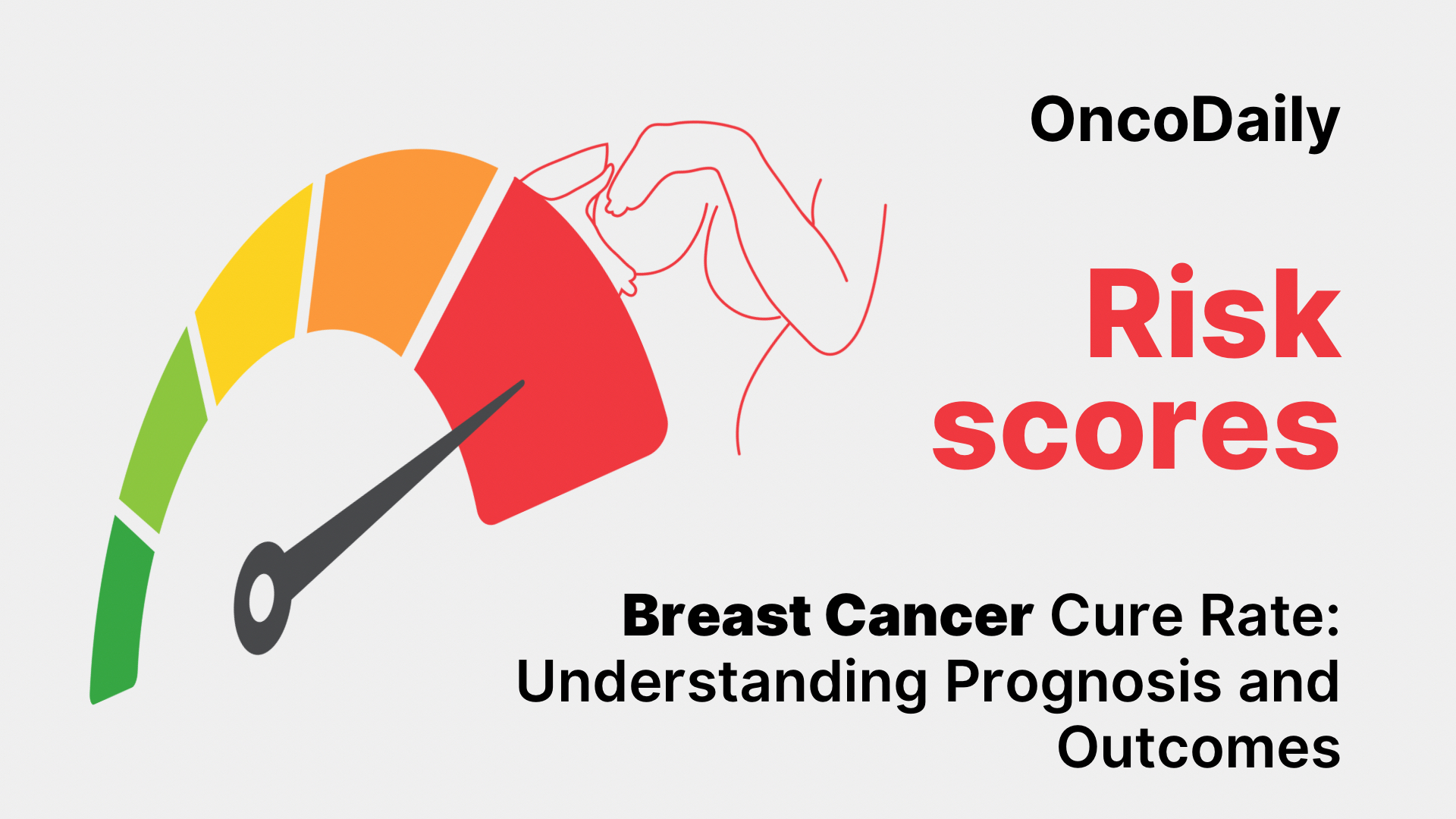Breast cancer remains the most commonly diagnosed cancer among women worldwide and is a leading cause of cancer-related mortality (Siegel et al., 2024). Advances in early detection and therapeutic interventions have dramatically improved outcomes, with many women achieving long-term remission and contributing to a steadily rising breast cancer cure rate. The term cure typically implies sustained remission with minimal risk of recurrence and is most likely in patients diagnosed with early-stage disease.
Overall Survival and Cure Potential by Stage
Stage at diagnosis is the most important determinant of breast cancer survival and cure potential. According to SEER data, the five-year relative survival rate for localized breast cancer, defined as cancer confined to the breast without nodal involvement, exceeds 99%. Regional disease, involving spread to regional lymph nodes, carries a five-year relative survival of approximately 87%, while distant metastatic disease has a five-year relative survival of only 32% (Siegel et al., 2024).
These survival rates demonstrate that early detection and treatment significantly improve the chance of cure. For women diagnosed at stages I or II, long-term disease-free survival is common, and many are effectively cured in clinical practice. Conversely, metastatic disease is considered incurable, although advances in systemic therapy have prolonged survival and improved quality of life for many patients (Siegel et al., 2024).
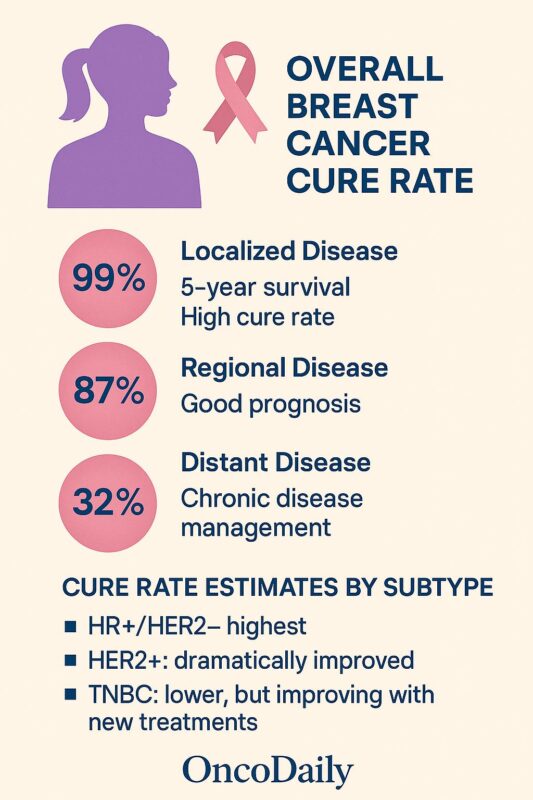
Biological Subtypes and Prognostic Implications
Breast cancer is a heterogeneous disease, with prognosis influenced by molecular subtype. Hormone receptor–positive (HR+) and HER2-negative tumors, the most common subtype, have the most favorable outcomes and respond well to endocrine therapy, contributing to high cure rates (Siegel et al., 2024).
HER2-positive breast cancers were historically associated with poor prognosis but now benefit from HER2-targeted therapies such as trastuzumab and pertuzumab. These therapies have transformed the outlook for patients, and early-stage HER2-positive disease is now associated with high cure rates when treated appropriately (Siegel et al., 2024).
Triple-negative breast cancer (TNBC), lacking expression of estrogen receptor, progesterone receptor, and HER2, accounts for about 15% of all breast cancers and is typically more aggressive. TNBC is more common in younger women and women of African descent and has poorer outcomes, especially in advanced stages (Siegel et al., 2024). However, early-stage TNBC can still be cured in a substantial proportion of cases.
Stage-Specific Cure Perspectives
For women with stage I breast cancer, cure rates are excellent. Small, node-negative, HR+/HER2− tumors treated with surgery and adjuvant endocrine therapy have five-year survival rates exceeding 95%, and most patients remain disease-free long-term (Siegel et al., 2024). Even stage I TNBC has high cure potential, with appropriate chemotherapy yielding five-year survival rates above 90%.
In stage II disease, cure remains achievable but requires multimodal treatment to address higher recurrence risk. For stage III disease, characterized by larger tumors and/or more extensive nodal involvement, aggressive multimodal therapy is needed. Cure is still possible in many patients, but recurrence rates are higher compared to earlier stages.
Stage IV breast cancer remains incurable in most cases, though systemic therapies have dramatically improved outcomes for many patients, allowing prolonged survival and disease control (Siegel et al., 2024).
Triple-Negative Breast Cancer: A Special Challenge
TNBC presents a unique challenge due to its aggressive nature and lack of established targeted therapies. Despite this, patients with stage I TNBC who receive adjuvant chemotherapy can achieve five-year disease-free survival rates exceeding 90% (Siegel et al., 2024). Outcomes decline with advancing stage: five-year survival for regional TNBC is approximately 66%, and for distant metastatic TNBC it is as low as 12%.
Molecular research has identified subgroups within TNBC that may respond differently to therapy, including those with BRCA mutations and tumors expressing PD-L1, leading to new treatment opportunities with PARP inhibitors and immunotherapy. These advances offer hope for improving cure rates even in this historically difficult-to-treat subtype (Siegel et al., 2024).
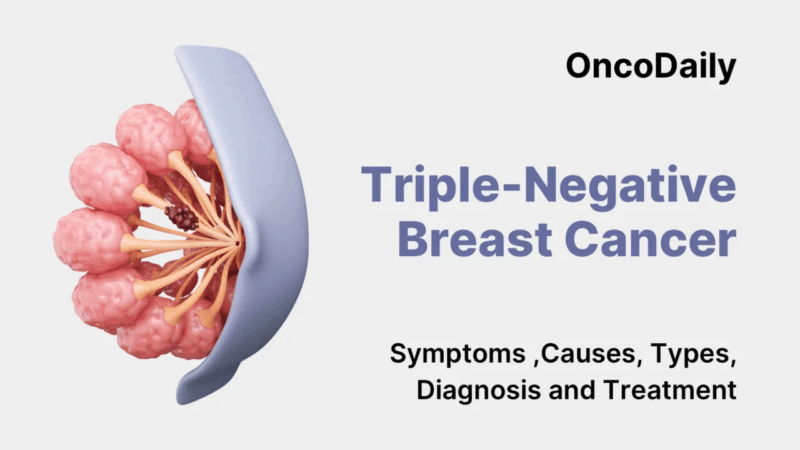
Read About Triple-Negative Breast Cancer on OncoDaily
HER2-Positive Breast Cancer: A Paradigm Shift
The transformation in outcomes for HER2-positive breast cancer is one of the major success stories of modern oncology. Before HER2-targeted therapy, these cancers had poor prognosis. With the introduction of trastuzumab and related agents, five-year survival rates for early-stage HER2-positive disease now exceed 90%, and many patients are effectively cured when treated with combination targeted therapy and chemotherapy (Siegel et al., 2024).
In metastatic HER2-positive disease, newer agents such as trastuzumab deruxtecan have extended survival significantly, but cure remains elusive in the advanced setting. However, survival improvements have been substantial compared to the pre-targeted therapy era (Siegel et al., 2024).
Late Recurrence and Long-Term Survivors
Late recurrence is an important consideration, particularly in hormone receptor–positive disease, where the risk of recurrence extends beyond 10 years after diagnosis. Studies show that the recurrence risk for HR+ breast cancer declines slowly over time, unlike TNBC, where most recurrences occur within five years and late recurrences are uncommon (Siegel et al., 2024).
While oncologists are cautious about using the term “cure” for HR+ disease before 10 years of disease-free survival, patients who remain free of disease for this length of time often have recurrence risks comparable to the general population, and many can be considered effectively cured in practice (Siegel et al., 2024).
Disparities in Breast Cancer Outcomes
Significant disparities in breast cancer outcomes persist. Black women are more likely to be diagnosed with advanced-stage disease and more aggressive subtypes like TNBC and have higher mortality rates compared to White women, even after adjusting for stage and biology (Siegel et al., 2024). Socioeconomic factors, access to healthcare, differences in treatment delivery, and potential biological differences all contribute to this disparity.
Addressing these disparities is a public health imperative to ensure that advances in breast cancer detection and treatment translate into equitable survival improvements across all populations (Siegel et al., 2024).
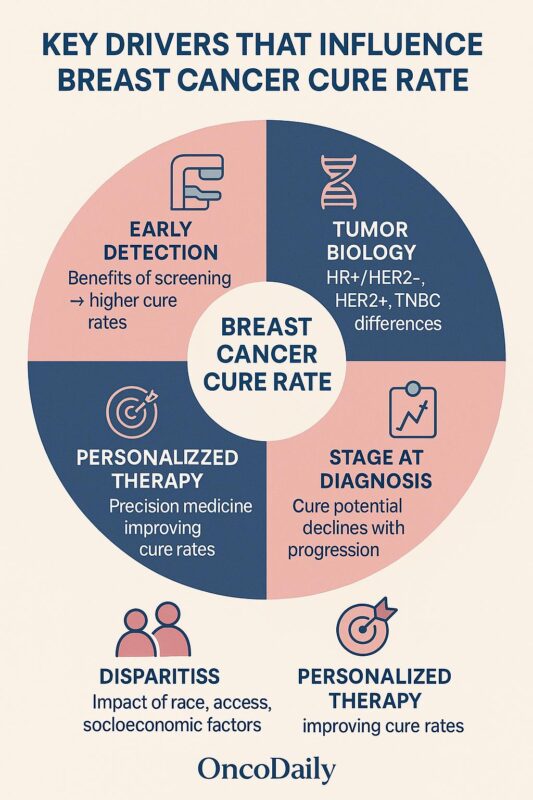
The Role of Early Detection and Personalized Therapy
Early detection remains critical for improving cure rates. The widespread adoption of screening mammography has contributed to the increased proportion of breast cancers diagnosed at an early, curable stage (Siegel et al., 2024). Personalized therapy has further improved outcomes by tailoring treatment intensity to tumor biology.
For example, multigene assays such as Oncotype DX are now used to guide decisions about adjuvant chemotherapy in HR+ disease, allowing many women to safely avoid unnecessary chemotherapy while preserving excellent cure rates (Siegel et al., 2024). This individualized approach minimizes overtreatment while ensuring high-risk patients receive appropriately aggressive therapy.
Future Directions in Breast Cancer Care
The future of breast cancer treatment promises continued advances in cure potential. Immunotherapy is emerging as an effective approach in subsets of TNBC, and antibody-drug conjugates are showing efficacy in advanced HER2-positive disease (Siegel et al., 2024). Further research into tumor biology, molecular profiling, and targeted therapies will refine treatment strategies, reduce toxicity, and improve long-term survival.
Artificial intelligence and digital pathology tools may soon enhance early detection, risk stratification, and treatment decision-making, contributing further to improvements in cure rates (Siegel et al., 2024).
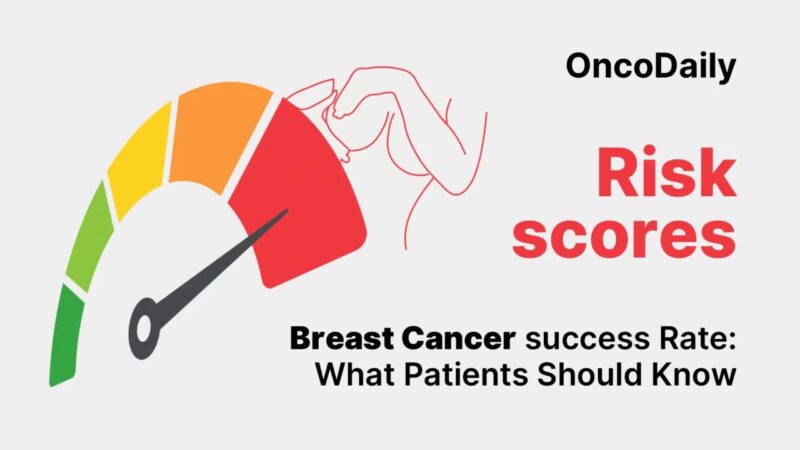
Also Read About Breast Cancer Success Rate on OncoDaily
Conclusion
Breast cancer cure rates have improved dramatically, particularly for women diagnosed with early-stage disease. Women with localized HR+/HER2− tumors achieve long-term disease-free survival rates exceeding 95%, with most patients effectively cured after completing standard therapy. Cure is achievable in many women with stage II and selected stage III disease, although prognosis worsens with advancing stage.
Triple-negative breast cancer remains a clinical challenge, but cure is possible in early-stage disease with modern multimodal therapy. HER2-positive disease has seen some of the most profound improvements in outcomes due to targeted therapy, transforming it from one of the most aggressive subtypes into one with excellent prognosis when diagnosed early.
While stage IV breast cancer remains incurable in most cases, advances in systemic therapy have extended survival and improved quality of life for many patients. Persistent disparities in outcomes by race and socioeconomic status highlight the need for ongoing attention to equitable access to care.
The remarkable progress achieved over the past several decades underscores the importance of continued investment in early detection, research, and personalized medicine. As treatment continues to evolve, breast cancer cure rates are expected to improve even further, offering hope to patients and families affected by this common disease.
You Can Watch More on OncoDaily Youtube TV
Written by Armen Gevorgyan, MD


